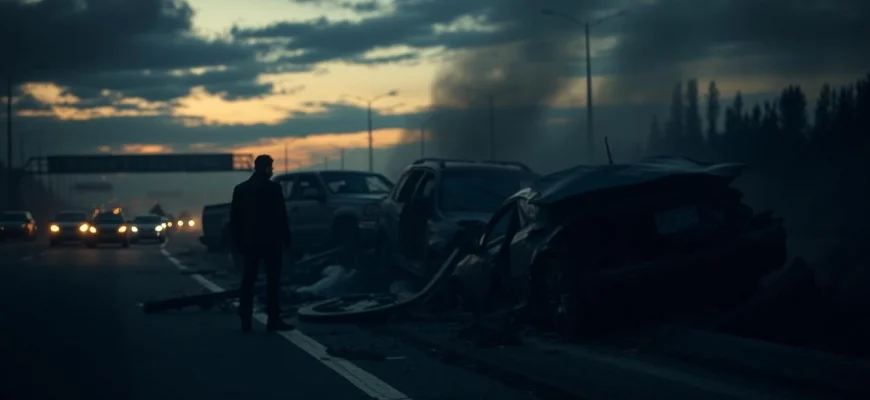If you're a fan of the heart-pounding suspense and creative death sequences in 'Final Destination 2' (2003), you're in for a treat. This article explores 10 movies and TV shows that deliver the same adrenaline rush, intricate plotting, and chilling inevitability of fate. Whether you love the franchise or just enjoy high-stakes survival thrillers, these picks will keep you on the edge of your seat.
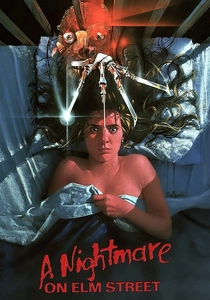
A Nightmare on Elm Street (1984)
Description: Like 'Final Destination 2', this classic horror film deals with inescapable death, though through the supernatural villain Freddy Krueger. Both films feature creative death sequences and explore the idea that death can come in unexpected ways, playing on the characters' (and audience's) fears.
Fact: Freddy Krueger was inspired by real-life news stories about people dying in their sleep. The film launched Johnny Depp's acting career. The infamous 'blood geyser' scene used 500 gallons of fake blood.
 Watch Now
Watch Now 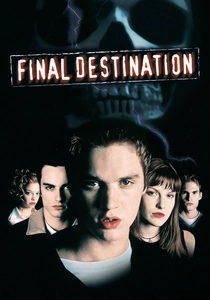
Final Destination (2000)
Description: As the first installment in the series, 'Final Destination' shares the same core premise as 'Final Destination 2', focusing on a group of people who cheat death only to be hunted down by it in elaborate, Rube Goldberg-like sequences. Both films explore themes of fate, mortality, and the inevitability of death, with a similar blend of horror and dark humor.
Fact: The concept was inspired by a real-life incident where the screenwriter, Jeffrey Reddick, avoided a flight after a premonition. The film's success led to the creation of a franchise that redefined the teen horror genre. The opening plane crash sequence was one of the most expensive scenes in the film.
 Watch Now
Watch Now 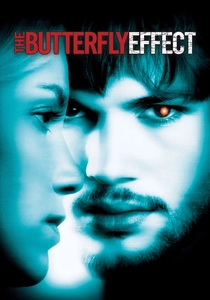
The Butterfly Effect (2004)
Description: While not a horror film in the traditional sense, 'The Butterfly Effect' shares with 'Final Destination 2' the theme of characters trying to alter fate, only to face dire consequences. Both films explore the idea that some events are predestined and that attempts to change them can lead to even worse outcomes.
Fact: There are multiple endings to the film, with the director's cut being significantly darker. Ashton Kutcher took the role seriously, refusing to do press that would make light of the film. The title refers to the chaos theory concept that small changes can have large effects.
 Watch Now
Watch Now 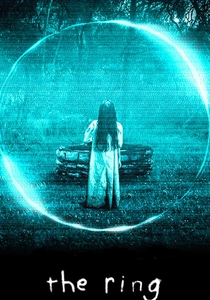
The Ring (2002)
Description: Like 'Final Destination 2', 'The Ring' deals with an inescapable fate (watching the tape leads to death in seven days) and features a strong sense of impending doom. Both films were part of the early 2000s wave of horror that focused on atmospheric dread and inevitable death.
Fact: The film is a remake of the Japanese horror 'Ringu'. The cursed video was created by director Gore Verbinski himself. The film's success helped popularize J-horror remakes in Hollywood.
 Watch Now
Watch Now 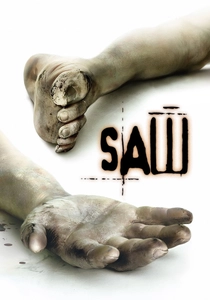
Saw (2004)
Description: While 'Saw' is more of a psychological thriller, it shares with 'Final Destination 2' the theme of characters being subjected to elaborate, often gruesome death scenarios. Both films are part of the 'torture porn' subgenre that gained popularity in the 2000s, though 'Saw' focuses more on moral choices.
Fact: The film was shot in just 18 days. The iconic puppet Billy was voiced by co-writer Leigh Whannell. It launched one of the most successful horror franchises of all time.
 Watch Now
Watch Now 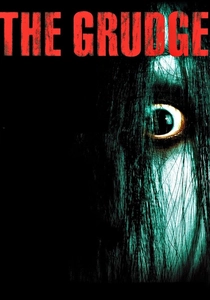
The Grudge (2004)
Description: This film shares with 'Final Destination 2' a sense of inevitability and inescapable death, though through a supernatural curse rather than fate. Both films create tension through the knowledge that death is coming and cannot be stopped, playing on psychological horror elements.
Fact: Like 'The Ring', it's a remake of a Japanese horror film ('Ju-On'). The film was shot in Japan with an American cast. The creepy croaking sound effect was created by the director rubbing his hands together.
 Watch Now
Watch Now 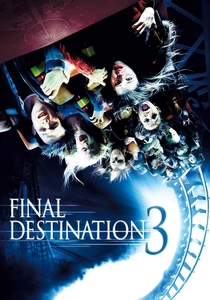
Final Destination 3 (2006)
Description: This third installment continues the franchise's tradition of creative death sequences and the theme of cheating death. Like 'Final Destination 2', it features a group of survivors trying to outwit death's design, with each death being intricately planned and visually shocking. The film maintains the series' signature blend of horror and dark comedy.
Fact: The film was originally shot in 3D, though this version was only released in certain markets. The roller coaster disaster was inspired by real-life coaster accidents. The DVD included an interactive feature allowing viewers to choose the order of deaths.
 Watch Now
Watch Now 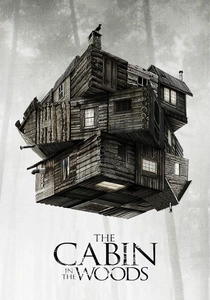
The Cabin in the Woods (2012)
Description: This meta-horror film shares with 'Final Destination 2' a sense of predestined doom for its characters, though it approaches the concept with more humor and self-awareness. Both films feature elaborate death sequences and a behind-the-scenes force orchestrating events.
Fact: The film sat on the shelf for nearly three years before release due to studio financial troubles. It was co-written by Joss Whedon and Drew Goddard. The film features creatures from nearly every horror subgenre.
 Watch Now
Watch Now 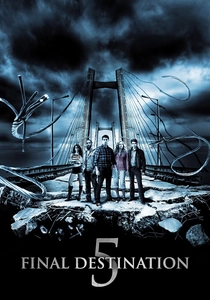
Final Destination 5 (2011)
Description: The fifth film in the series returns to the roots of 'Final Destination 2', with a group escaping death after a premonition, only to be picked off one by one. It's known for its particularly gruesome and inventive death scenes, a hallmark of the franchise. The film also cleverly ties back to the original, creating a loop in the series' timeline.
Fact: The bridge collapse scene was one of the most complex effects sequences in the series. The film's twist ending connects directly to the first 'Final Destination'. It was the first in the series to be released in 3D since the third film.
 Watch Now
Watch Now 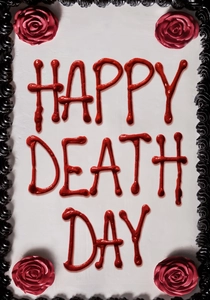
Happy Death Day (2017)
Description: This film combines horror with a time-loop premise, similar to how 'Final Destination 2' plays with the inevitability of death. Both feature protagonists who gain awareness of impending doom and try to prevent it, though 'Happy Death Day' adds a comedic and mystery element to the mix.
Fact: The film was shot in just 24 days. It was inspired by 'Groundhog Day' but with a horror twist. A sequel, 'Happy Death Day 2U', was released in
 Watch Now
Watch Now 
